Introduction: How to Grow a Container Garden on a Balcony or Patio
Living in an apartment or a house with limited outdoor space doesn’t mean you can’t have a garden. Container gardening is an ideal solution for those who want to enjoy the benefits of gardening without the need for a large plot of land. Container gardens are easy to set up, maintain, and can be grown on a balcony or patio.
Why Container Gardening is Ideal for Balconies and Patios
Container gardening is an excellent option for people who live in apartments or houses with small outdoor spaces. It allows you to grow plants in pots or containers and place them on balconies, patios, or even window sills. Container gardening is not only space-efficient, but it also offers several other benefits.
- Easy to set up and maintain
- Requires less space and water
- Allows you to grow a variety of plants, including herbs, vegetables, and flowers
- Offers flexibility in terms of placement and design
- Can be easily moved indoors during inclement weather
Whether you’re a seasoned gardener or just starting, container gardening is a great way to enjoy the benefits of gardening without the need for a large outdoor space. In this article, we’ll provide you with tips and tricks on how to grow a container garden on your balcony or patio.
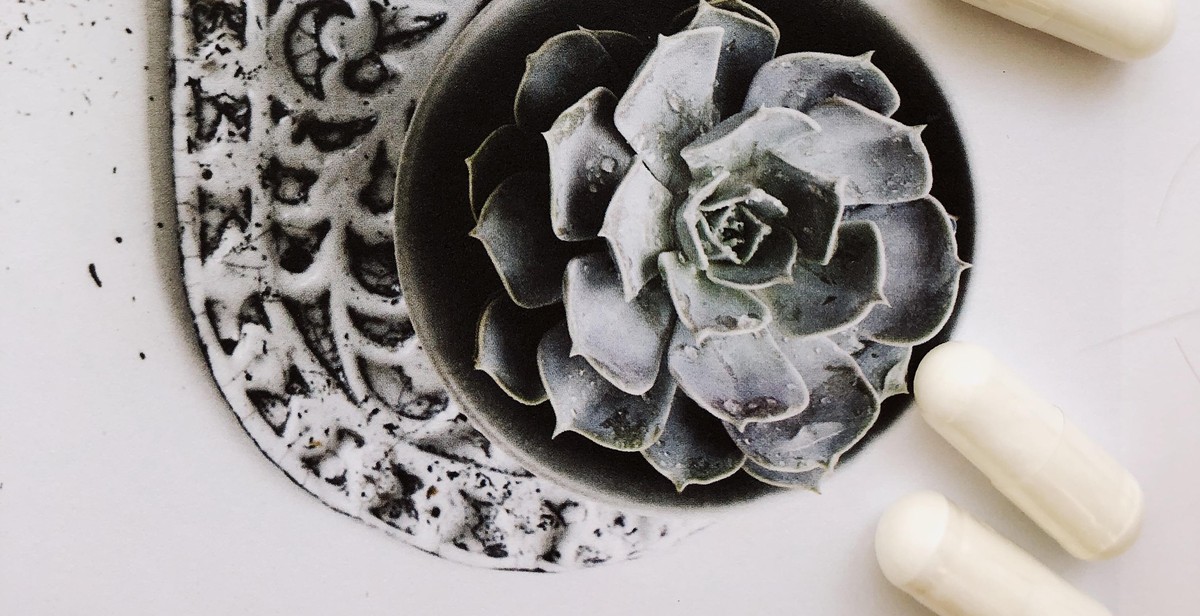
Choosing the Right Containers
When it comes to container gardening, choosing the right containers is crucial to the success of your plants. Here are some factors to consider:
Size of Containers
The size of your containers will depend on what you want to grow. Some plants, such as herbs and lettuces, can thrive in smaller containers, while others, such as tomatoes and peppers, need larger containers to accommodate their root systems. It’s important to choose containers that are deep enough to accommodate the roots of your plants.
Additionally, consider the size of your balcony or patio. If you have limited space, you may want to opt for smaller containers or vertical planters to maximize your growing area.
Material of Containers
Containers can be made from a variety of materials, each with its own benefits and drawbacks.
- Terra cotta: This type of container is porous, which allows for better air flow and drainage. However, it can also dry out quickly and is prone to cracking in freezing temperatures.
- Plastic: Plastic containers are lightweight and durable, but they may not provide as much air flow and drainage as other materials.
- Metal: Metal containers can be stylish and durable, but they can also absorb heat and damage roots if they get too hot.
- Wood: Wooden containers can be attractive and provide good drainage, but they can also rot over time and may need to be replaced.
Drainage
One of the most important factors to consider when choosing containers is drainage. Plants need to be able to drain excess water from their roots to prevent root rot and other issues.
Look for containers with drainage holes in the bottom, and consider adding a layer of gravel or stones to the bottom of the container to improve drainage.
| Pros | Cons |
|---|---|
| Provides better air flow and drainage | Dries out quickly |
| Lightweight and durable | May not provide as much air flow and drainage |
| Stylish and durable | Absorbs heat and can damage roots |
| Attractive and provides good drainage | Can rot over time |
By considering the size and material of your containers, as well as ensuring proper drainage, you can set your container garden up for success.
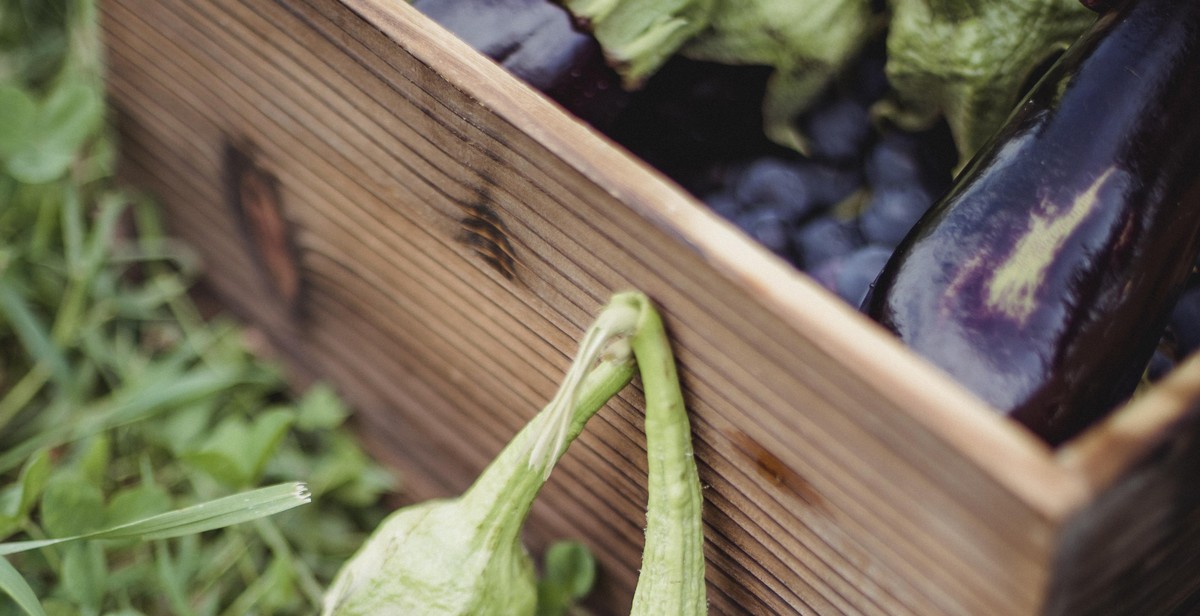
Selecting the Right Plants
One of the most important aspects of growing a successful container garden on a balcony or patio is selecting the right plants. Here are some tips to help you choose the best plants for your space.
Consider the Climate and Conditions
Before selecting any plants, it is crucial to consider the climate and conditions of your balcony or patio. Some plants may require more sunlight or shade than others, while others may be more tolerant of wind and temperature fluctuations. Take note of how much sun your space receives throughout the day and whether it is sheltered from the wind or exposed to the elements. You should also consider the temperature range in your area and choose plants that are suitable for your climate.
Choosing Plants That Thrive in Containers
Not all plants are suitable for container gardening. When selecting plants, choose varieties that thrive in containers. Look for plants that have shallow root systems and do not require a lot of space to grow. Some popular container plants include herbs, succulents, and small vegetables like cherry tomatoes and peppers. You can also choose flowering plants like petunias, marigolds, and impatiens to add color and beauty to your space.
When selecting plants, it is also important to consider their size and growth habits. Choose plants that will not outgrow their containers too quickly or become too large for your balcony or patio. You should also consider the mature size of the plant and make sure it will fit comfortably in your space.
Final Thoughts
By considering the climate and conditions of your balcony or patio and choosing plants that thrive in containers, you can create a beautiful and thriving container garden. With a little planning and research, you can select the right plants for your space and enjoy the benefits of fresh herbs, vegetables, and flowers all season long.
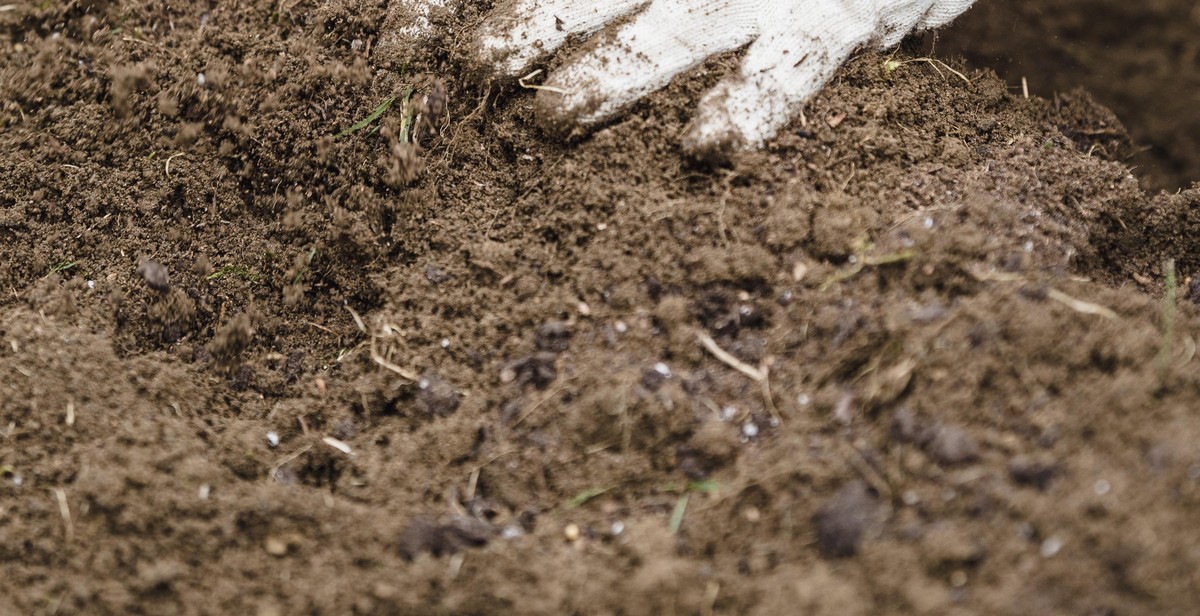
Preparing Your Containers for Planting
Before you start planting your container garden, it is essential to prepare your containers properly. Here are the steps to follow:
Soil Preparation
The soil is the most crucial element of your container garden. The right soil will provide your plants with the nutrients they need to grow and thrive. Here are some tips for preparing your soil:
- Choose a high-quality potting mix that is specifically formulated for container gardening. Avoid using garden soil, as it can be too heavy and may contain pests and diseases.
- Fill your containers with soil, leaving about an inch of space at the top. This space will allow you to water your plants without the water overflowing.
- Add slow-release fertilizer to the soil to give your plants a boost of nutrients throughout the growing season. Follow the instructions on the package for the correct amount to use.
- If you have used the same containers for several years, it is a good idea to replace the soil entirely to avoid soil-borne diseases and pests.
Planting
Once you have prepared your soil, it’s time to start planting your container garden. Here are some tips to follow:
- Choose plants that are suitable for container gardening and that will thrive in the amount of sunlight your balcony or patio receives. Read the plant labels carefully to ensure you are choosing the right plants for your space.
- Group plants with similar growing requirements together in the same container. For example, herbs and vegetables that require full sun should be planted in the same container, while shade-loving plants should be planted together in a separate container.
- Plant your plants at the same depth they were growing in their original containers. Gently loosen the roots before planting to encourage healthy growth.
- Water your plants immediately after planting to help them settle into their new home. Water regularly throughout the growing season, being careful not to overwater.
| Tips: |
|---|
| Consider using self-watering containers to make watering easier and more efficient. |
| Don’t overcrowd your containers. Leave enough space between plants to allow for growth and airflow. |
| Keep an eye out for pests and diseases, and take action immediately if you notice any problems. Regularly inspect your plants for any signs of damage or stress. |
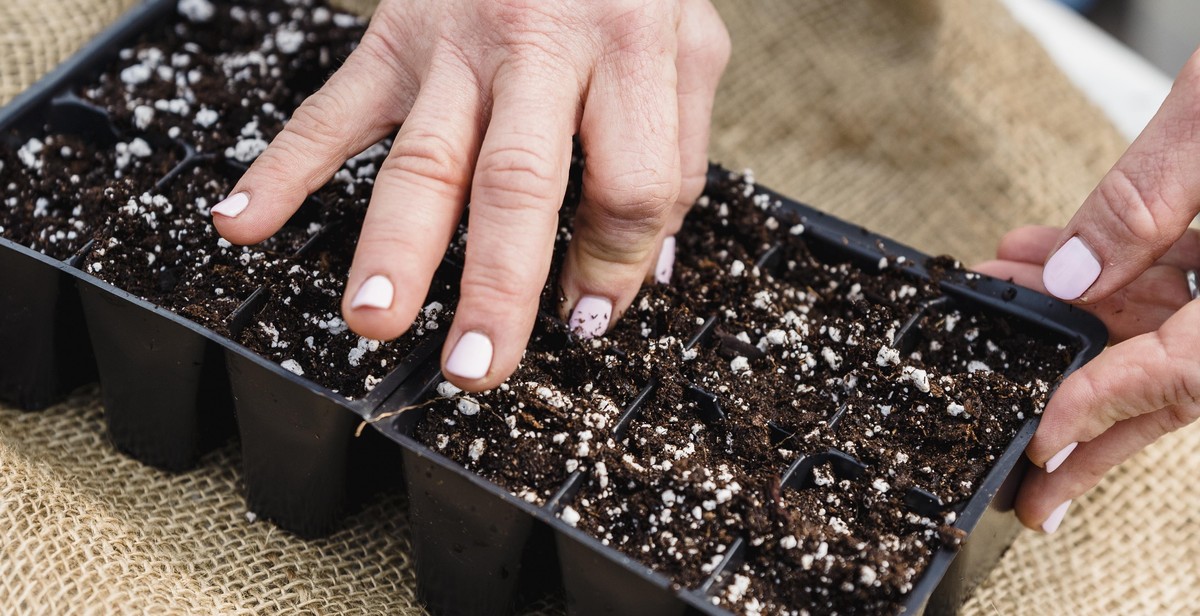
Caring for Your Container Garden
Once you’ve set up your container garden on your balcony or patio, it’s important to take proper care of it to ensure healthy growth and a bountiful harvest. Here are some tips for watering and feeding, as well as pest and disease control.
Watering and Feeding
Container gardens require more frequent watering than traditional gardens, as the soil in containers dries out faster. It’s important to keep the soil consistently moist, but not waterlogged. To check if your plants need water, stick your finger about an inch into the soil. If it feels dry, it’s time to water.
In addition to watering, container gardens also need regular feeding. Choose a balanced fertilizer that contains equal parts nitrogen, phosphorus, and potassium, and follow the instructions on the package for application rates. You can also supplement with organic matter, such as compost or worm castings.
Pest and Disease Control
Just like traditional gardens, container gardens are susceptible to pests and diseases. The best way to prevent problems is to keep your plants healthy and well-fed. However, if you do notice signs of pests or disease, take action immediately to prevent further damage.
For pest control, try using natural remedies such as insecticidal soap or neem oil. You can also attract beneficial insects, such as ladybugs and lacewings, to help control pests. For disease control, make sure to remove any infected plants or plant parts immediately to prevent the spread of disease.
Overall, caring for your container garden requires attention and diligence, but the rewards of a thriving garden are well worth the effort.
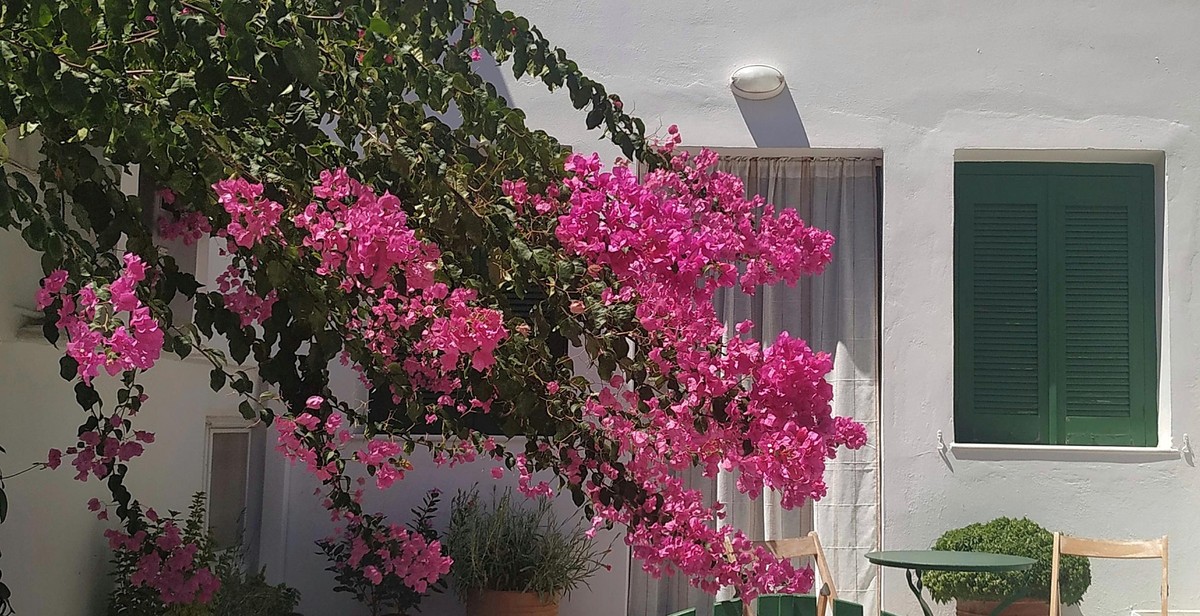
Conclusion:
Container gardening on a balcony or patio is a great way to enjoy fresh produce and beautiful flowers without needing a large outdoor space. It offers numerous benefits such as:
- Flexibility to move plants around for optimal sunlight and weather conditions
- Ability to control soil quality and nutrients
- Opportunity to grow a variety of plants in a small space
- Reduction in food and transportation costs
- Improvement in air quality and overall environmental impact
By following the tips and techniques outlined in this article, anyone can successfully grow a thriving container garden on their balcony or patio. Remember to choose the right containers, soil, and plants for your specific space and to provide adequate water and sunlight. With a little bit of patience and care, you can enjoy the fruits of your labor and the beauty of your container garden for months to come.
So, what are you waiting for? Start planning your balcony or patio container garden today and reap the many benefits it has to offer!
